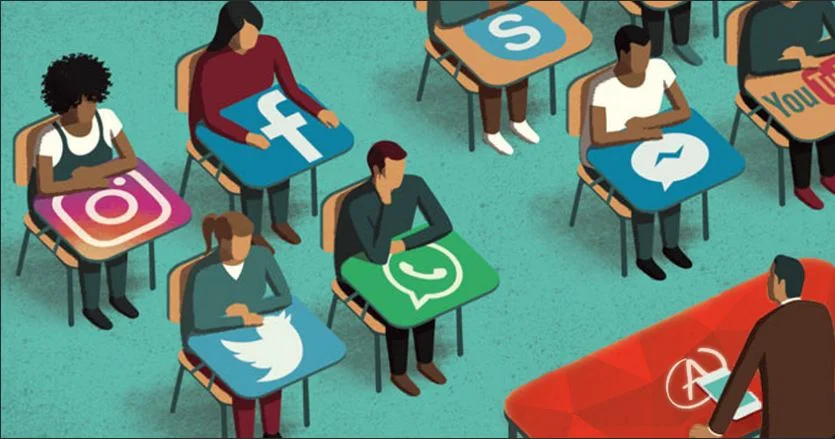In the ever-evolving landscape of education, the integration of social media has emerged as a powerful tool for both educators and students. While the platform is often associated with leisure and entertainment, its untapped potential in the realm of education is significant. This article delves into the positive aspects of utilizing social media for educational purposes, exploring the good side.
Leveraging Social Media for Learning
Connecting Classrooms Globally
Social media platforms break down geographical barriers, enabling students from different parts of the world to connect and collaborate. Virtual exchange programs, language partnerships, and collaborative projects become feasible, fostering a global perspective and cross-cultural understanding.
Facilitating Real-time Communication
Educators can utilize social media for real-time communication with students. Platforms like Twitter and Facebook groups provide instant channels for announcements, discussions, and feedback. This streamlined communication enhances the learning experience, ensuring students stay informed and engaged.
Resource Sharing and Collaboration
Social media serves as a hub for resource sharing and collaboration. Educators can curate content, share relevant articles, and create collaborative spaces where students can contribute. This dynamic exchange of information broadens the scope of learning beyond the confines of traditional classrooms.
Harnessing the Good Side of Social Media
Promoting Digital Literacy
Incorporating social media into education promotes digital literacy—an essential skill in today’s information age. Students learn to critically evaluate online content, navigate privacy settings, and engage responsibly in digital communities. These skills are transferable to various aspects of their personal and professional lives.
Encouraging Informal Learning
Social media provides a platform for informal learning outside the structured curriculum. Educational hashtags, online forums, and discussion groups enable students to explore topics of interest independently. This informal learning fosters curiosity and a lifelong love for acquiring knowledge.
Enhancing Professional Development
Educators can leverage social media for professional development by participating in online communities, attending virtual conferences, and connecting with peers globally. Platforms like LinkedIn offer opportunities for networking and staying updated on the latest trends in education.
FAQs
Q: How can social media be used to enhance classroom discussions?
A: Social media platforms, such as Twitter or discussion forums, provide a space for real-time and inclusive classroom discussions, allowing students to engage beyond the physical classroom.
Q: What precautions should be taken when using social media in education?
A: It’s crucial to establish clear guidelines for online behavior, privacy, and information sharing. Educators should also ensure compliance with school policies and age-appropriate use.
Q: Can social media promote collaborative learning among students?
A: Yes, social media platforms facilitate collaborative learning by providing spaces for resource sharing, group projects, and global connections among students.
Embracing the Educational Potential
In conclusion, the integration of social media into education offers a myriad of benefits that extend beyond the conventional boundaries of the classroom. By harnessing the good side of social media, educators can cultivate a dynamic and enriching learning environment. It’s time to explore the untapped potential of these digital platforms for the betterment of education.




